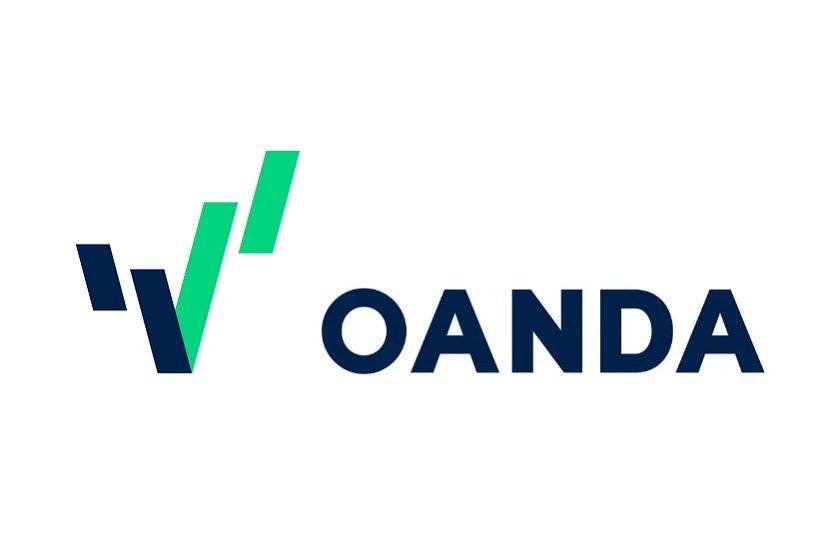Corredores mejor calificados
-
Retiro de dinero instantáneo 24 horas al día, 7 días a la semana
-
Cuentas comerciales especializadas
- Tasa de retirada$0
- Tasa de depósito$0
- Apalancamiento máximo1:3000
-
Cuentas comerciales especializadas
-
Retiro de dinero instantáneo 24 horas al día, 7 días a la semana
- Tasa de retirada$0
- Tasa de depósito$0
- Apalancamiento máximo1:50
-
Ejecución excepcional
-
Clientes de EE. UU.
-
especulación
- Tasa de retiradaN/A
- Tasa de depósitoN/A
- Apalancamiento máximo1:50
-
10+
años de actividad Más información
-
5
escritores con experiencia Más información
-
1500
artículos útiles Leer el blog
-
150
corredores revisados Ver comentarios
Aquí están nuestras mejores opciones para los mejores corredores de FOREX; para ver la lista completa, haga clic a continuación
Todos los corredores de divisasAquí están nuestras mejores opciones para los mejores corredores de Forex regulados. Para ver la lista completa, haga clic a continuación
Todos los corredores reguladosAquí están nuestras mejores opciones para los mejores corredores de ORO. Para ver la lista completa, haga clic a continuación
Todos los corredores de comercio de oro¡Desde 2014, hemos estado mejorando constantemente nuestro portal agregando nuevas secciones útiles para nuestros visitantes! Todo esto se hace con un objetivo: brindarle la información más completa, precisa y relevante sobre las empresas de Forex.
-
 Stelian Olar
Stelian Olar -
 Ignatius Bose
Ignatius Bose -
 Francisco José Santos
Francisco José Santos -
 Yevhen Abramovych
Yevhen Abramovych
-
30k
visitantes mensuales Más información
-
10+
años de actividad Más información
-
1500
artículos útiles Ver nuestro blog
-
5
escritores con experiencia Conoce a nuestro equipo





